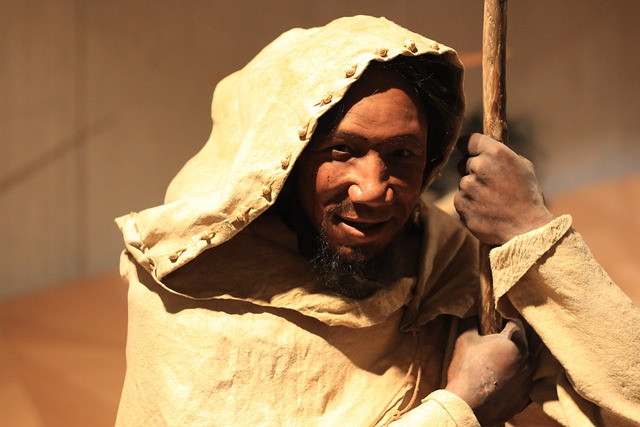Neanderthal Museum Sees Surge In Visitors Amid Fascination With Extinct Ancient Relatives
The Neanderthal Museum in Germany explores our ancient roots, inviting visitors to reconnect with distant relatives

A museum nestled in Germany's Neander Valley, the original discovery site of Neanderthal remains, is captivating visitors from around the world with lifelike exhibits of humans' ancient relatives.
The Neanderthal Museum, located near Düsseldorf, has seen record-breaking attendance since reopening after the pandemic. In 2023, over 180,000 people visited the museum, a significant increase driven by growing public interest in human origins, according to BBC News.
The museum presents a fascinating journey through human evolution, showcasing life-sized models of early human ancestors, including the iconic "Mr. Four Percent" — a realistic Neanderthal figure dressed in modern clothes. This display illustrates that humans and Neanderthals share close genetic ties, with many people today carrying up to 4% Neanderthal DNA.
Dr. Bärbel Auffermann, the museum's director, emphasized that Neanderthals were not "brutish cavemen" but rather complex individuals who coexisted and interbred with early humans.
"People are always surprised to see how similar Neanderthals were to us," Auffermann shared with the BBC. "Our goal is to correct long-standing misconceptions and show that Neanderthals had a sophisticated social structure."
This renewed interest in Neanderthals parallels a broader fascination with ancestry and DNA exploration. The Neanderthal genome was first sequenced in 2010, revealing that modern humans and Neanderthals are 99.7% genetically identical. This discovery changed the public's perception of Neanderthals, sparking a wave of documentaries, books, and exhibits that explore our connection to these early humans.
The museum offers more than static displays; it recently added a Stone Age-themed playground and a 22-meter observation tower topped with a massive Neanderthal skull replica. This tower was designed to reflect the original cave floor where Neanderthal remains were found. It provides visitors with a virtual glimpse of the prehistoric environment Neanderthals once inhabited, complete with interactive panels showcasing Ice Age landscapes and creatures.
Similar to attractions like the Valley of the Kings in Egypt or historical tours in England's Lake District, the museum offers a blend of education and experience, immersing visitors in ancient history while addressing misconceptions. These efforts align with other modern initiatives, such as France's Chauvet Cave replica, designed to protect yet celebrate historical heritage sites.
Despite the intrigue, many people still stereotype Neanderthals as primitive. Auffermann believes her museum has a responsibility to counteract this image, portraying Neanderthals as sophisticated beings who crafted tools, cared for the sick, and possibly even practiced symbolic art.
© Copyright IBTimes 2025. All rights reserved.






















